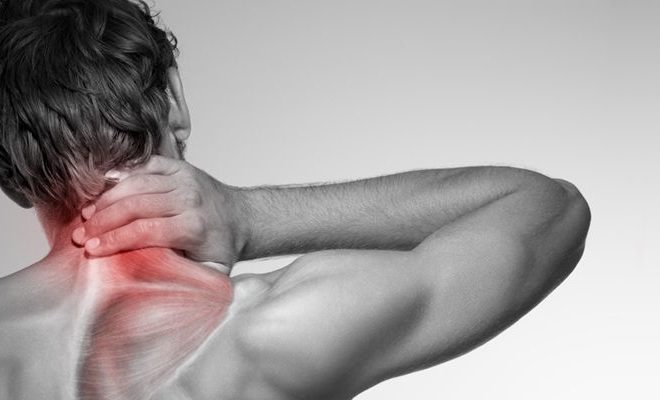How to Use Your Digital Camera as a Webcam

In the age of remote work and video conferencing, having a high-quality webcam is essential. However, you don’t necessarily need to purchase a dedicated webcam if you have a digital camera lying around. With some technical know-how, you can easily transform your digital camera into a fully functional webcam. Follow these simple steps to learn how to use your digital camera as a webcam.
1. Check compatibility
Before you begin, make sure your digital camera is compatible with this process. Most modern digital cameras with HDMI outputs and the ability to stream video in real-time are suitable. You can verify compatibility by checking your camera’s user manual or the manufacturer’s website.
2. Acquire necessary equipment
To use your digital camera as a webcam, you will need:
– A USB or HDMI cable: The cable type depends on your camera’s output port and your computer’s input port.
– A capture card or device: This crucial component converts the camera’s video output into a format compatible with your computer.
– A tripod or mount: Securely position and stabilize your camera during use.
– Updated camera firmware: Ensure your digital camera has the latest firmware from the manufacturer.
3. Connect to your computer
Position the camera at your desired angle and securely fasten it to a tripod or mount. Then, connect the USB or HDMI cable from the camera to the capture card or device. Plug the capture card into an available USB port on your computer.
4. Install necessary drivers and software
When using an external capture card, install any required drivers specified by the manufacturer. Download and install any relevant software compatible with your digital camera that allows it to function as a webcam (e.g., Canon Webcam Utility, Nikon Webcam Utility).
5. Configure video settings
Open the computer software for your digital camera (or use an application like OBS Studio) and optimize the video settings for your intended use. Adjust exposure, white balance, focus, and framerate to enhance the quality of your video feed.
6. Select the camera as a video source
In your preferred video conferencing or streaming software (e.g., Zoom, Skype), access the settings menu and choose the capture card or digital camera software as the video source. This will replace the default webcam feed with your digital camera’s higher-quality video.
7. Test the setup
Before using your new webcam setup in a live scenario, perform a test run by recording a short video or making a test call to a friend. Check for audio and video syncing, image quality, and smoothness of motion.
8. Power considerations
Using your digital camera as a webcam may significantly drain its battery. To avoid interruptions during important calls or meetings, consider investing in a dedicated AC power adapter compatible with your specific camera model.
Congratulations! You have successfully transformed your digital camera into a high-quality webcam. By following these steps, you can elevate the professionalism of your remote work setup and make a lasting impression during virtual meetings and events. Happy streaming!





